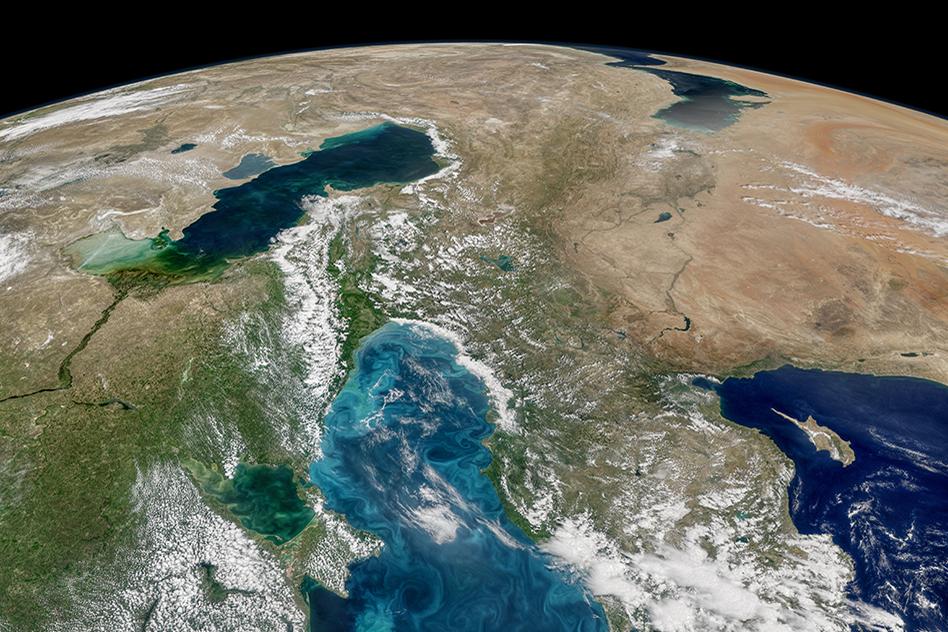News + Media

News Release
Apr 04, 2023
Key takeaways from the XLV (45th) MIT Global Change Forum
At the XLV (45th) MIT Global Change Forum on March 23-24, 2023, about 90 attendees from industry, academia, government and NGOs gathered at the Samberg Conference Center on the MIT campus to explore how the world can continue to pursue and achieve climate change goals amid turbulent times.
Apr 03, 2023
Apr 03, 2023
Apr 03, 2023

